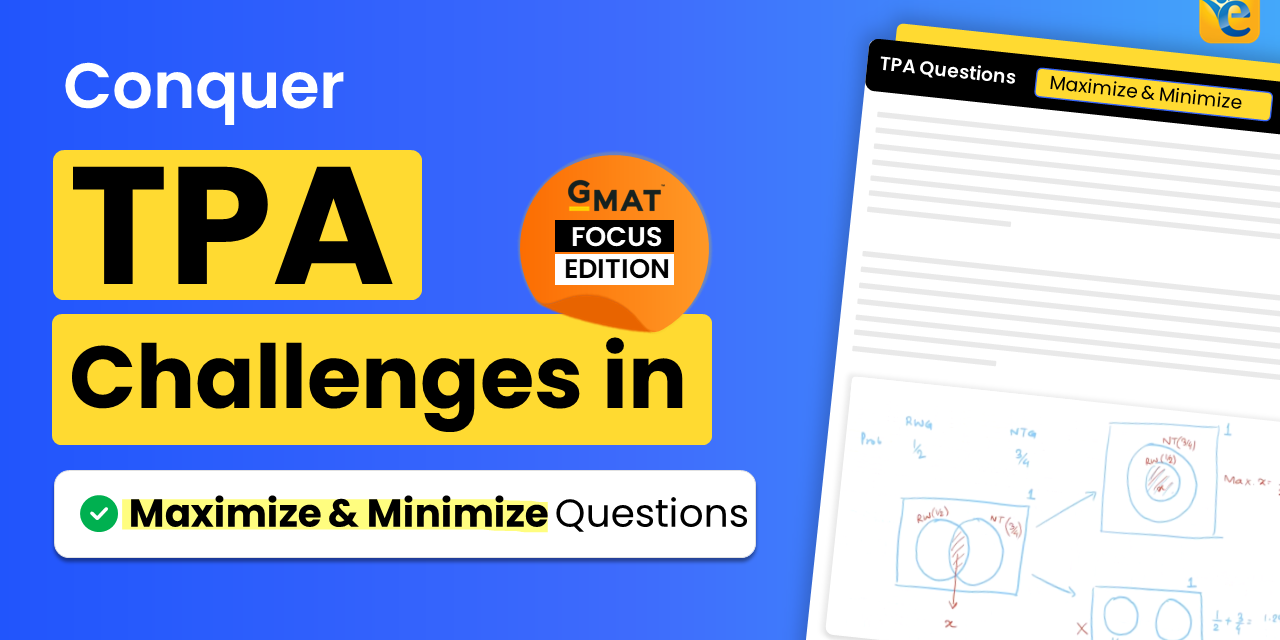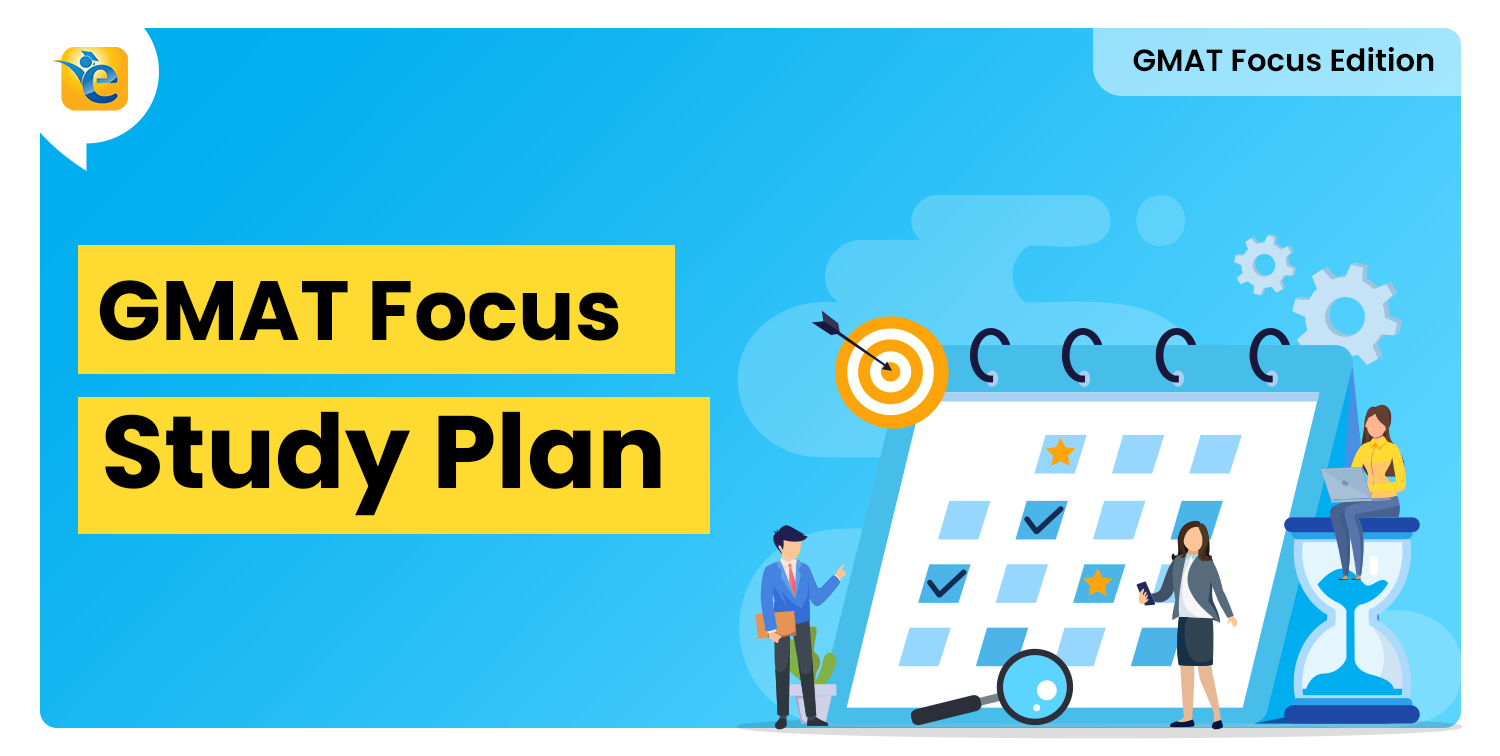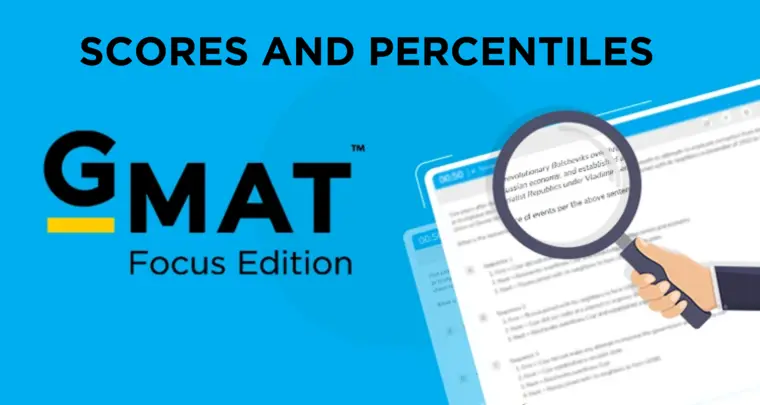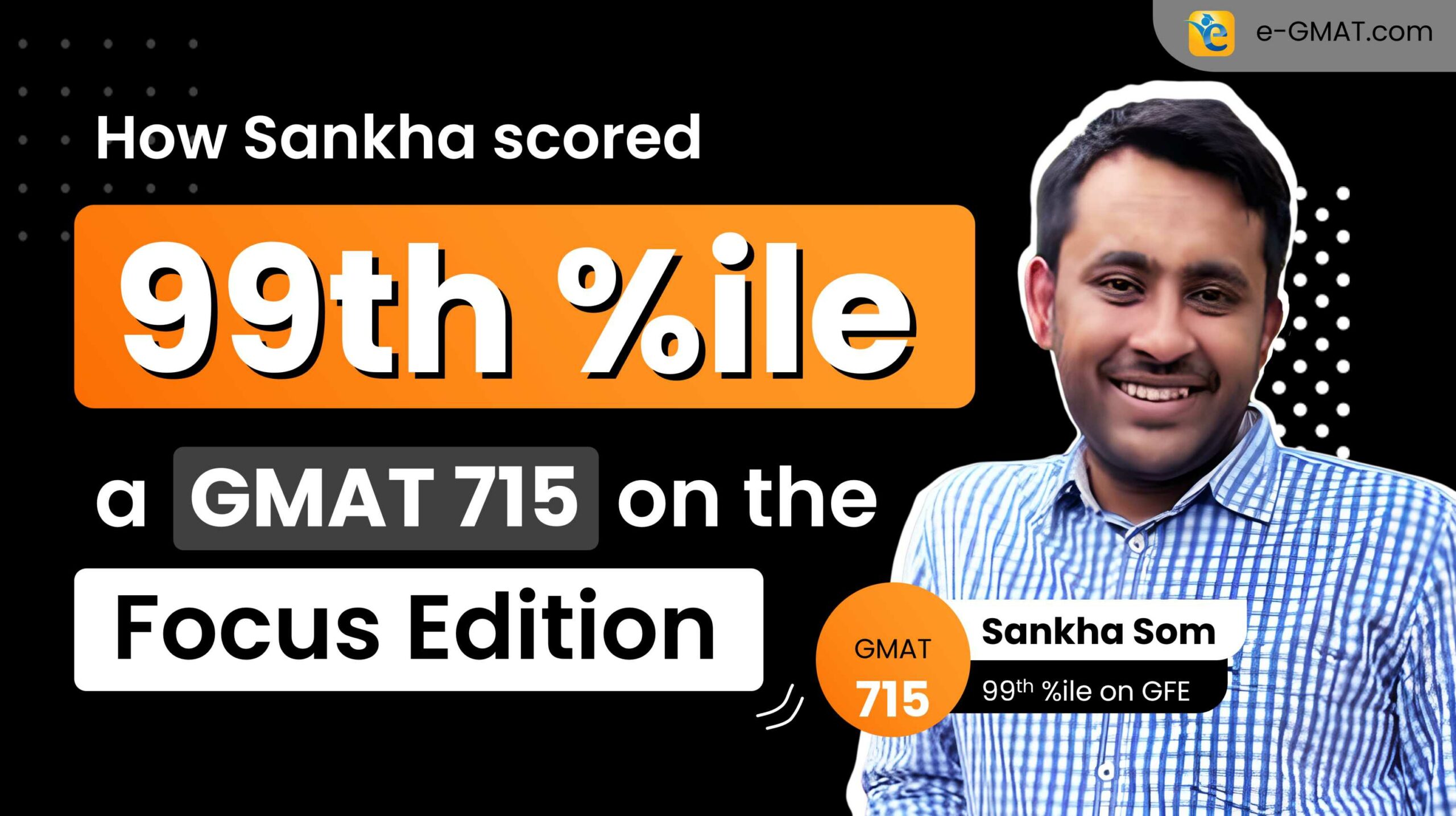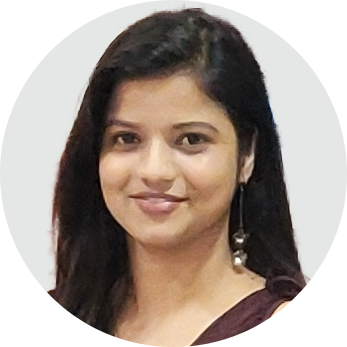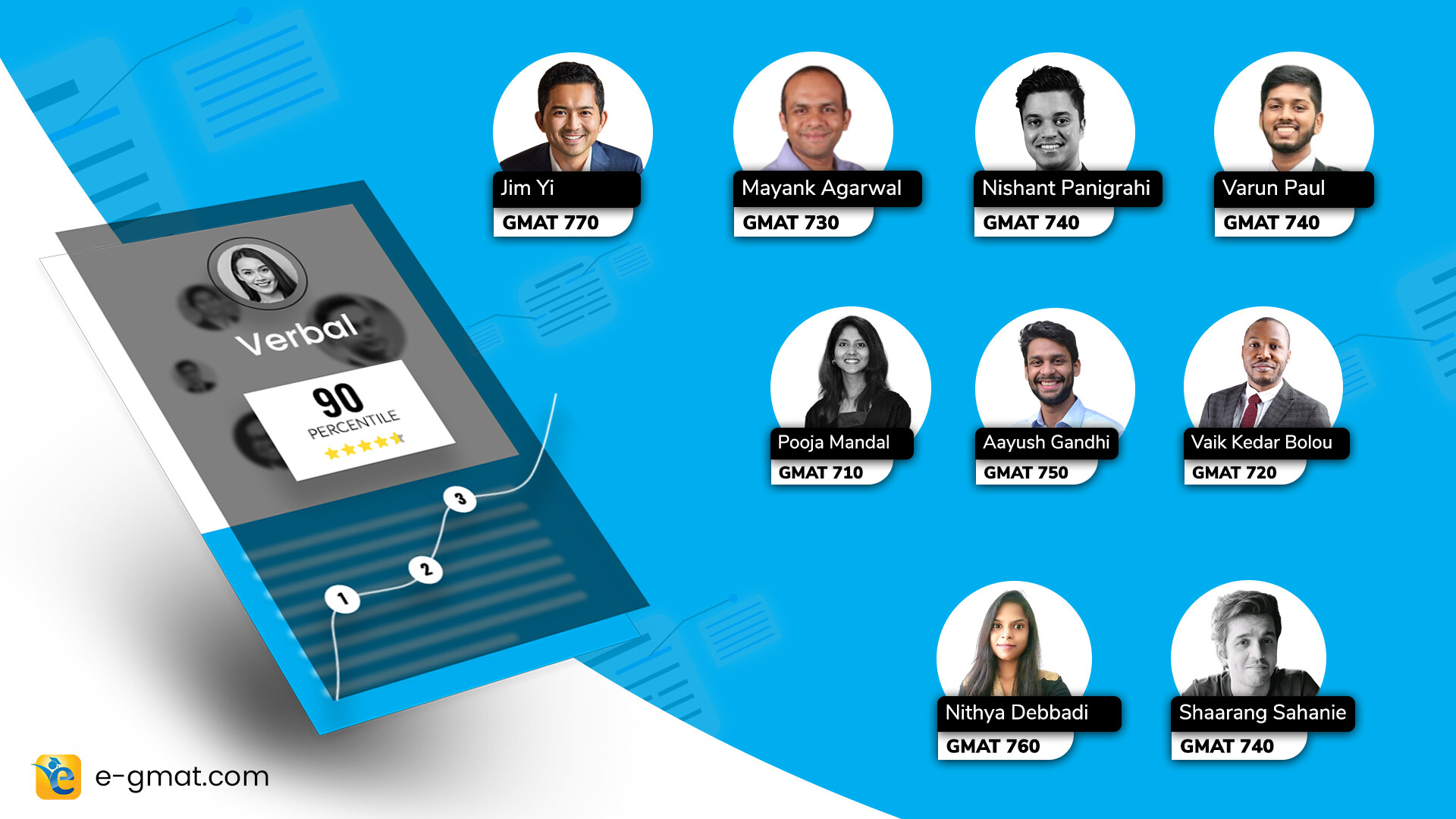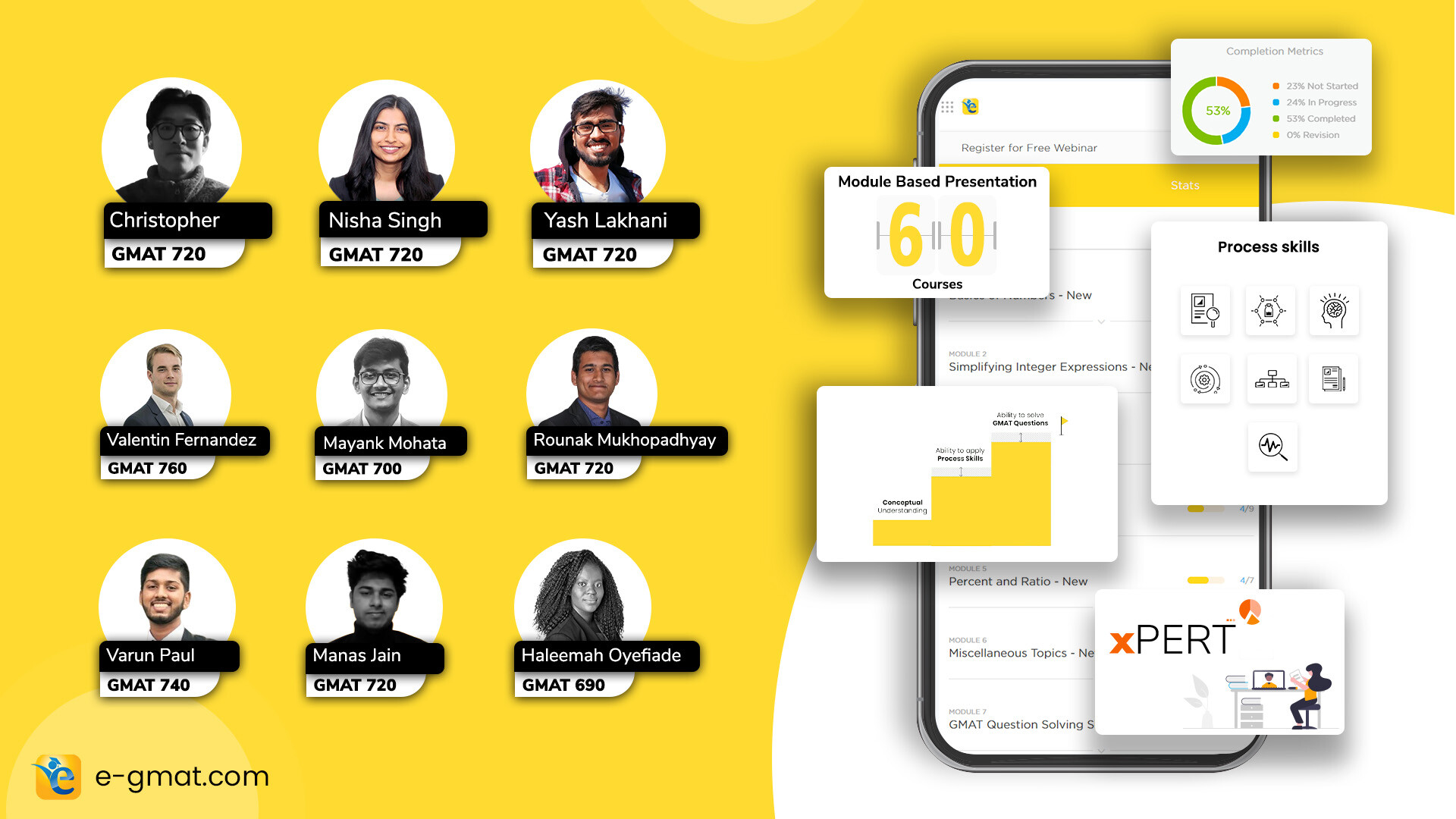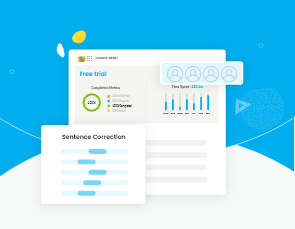Introduction
In several Hard TPA questions, we are asked to find values such that a certain entity is maximized or minimized. The manner in which you approach such questions varies from the question to question. In this article, we will showcase three different ways to answer such questions.
TPA_010 Rashika is beginning a
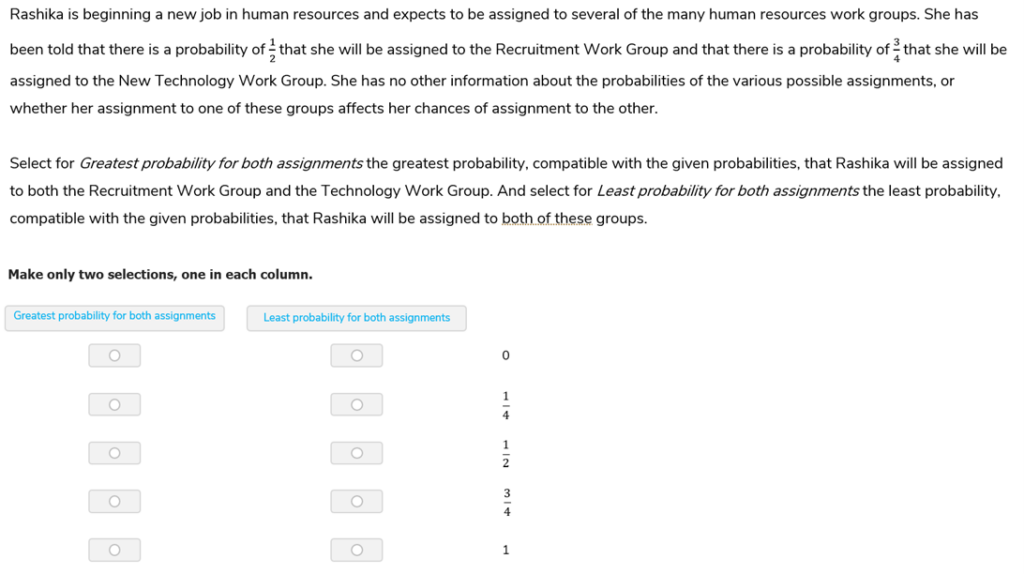
In this question, maximization and minimization is done through visualizing the Venn Diagram.
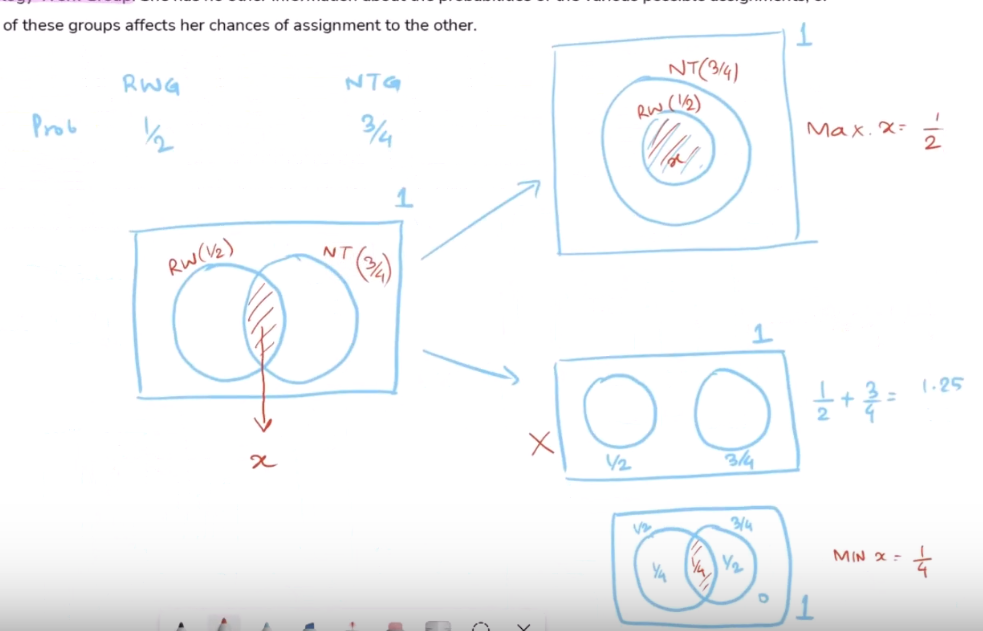
Watch the solution at 5:25 to understand how we did the optimization through visualization. Find more free resources on e-GMAT‘s website.
TPA_081 Lee is planning a trip
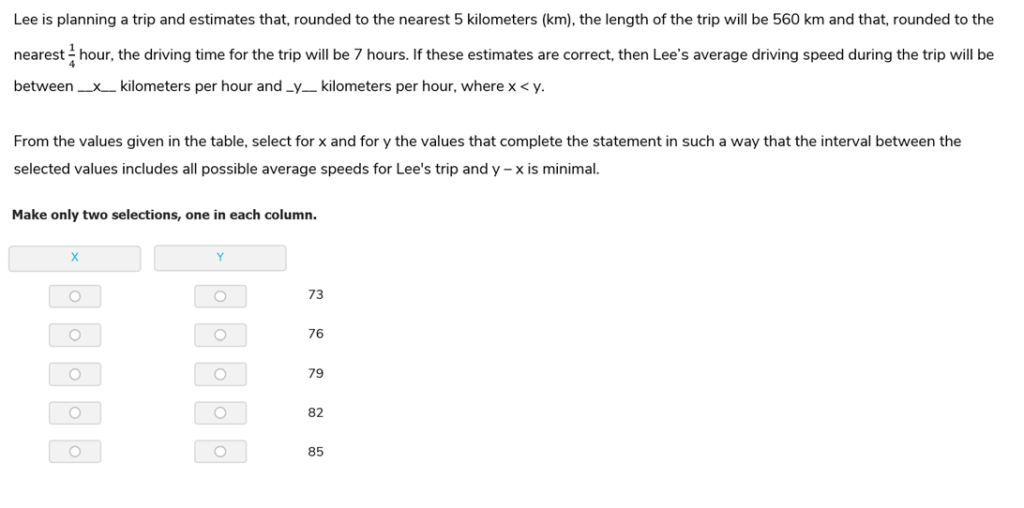
This is a fairly complex question in which we need to find the range of the average speed and then we need to find the values such that this range is minimized. Let us dive into solving this Hard TPA Question.
So to solve this question, first we need to use the information about rounding to find the range of distance and time, separately.
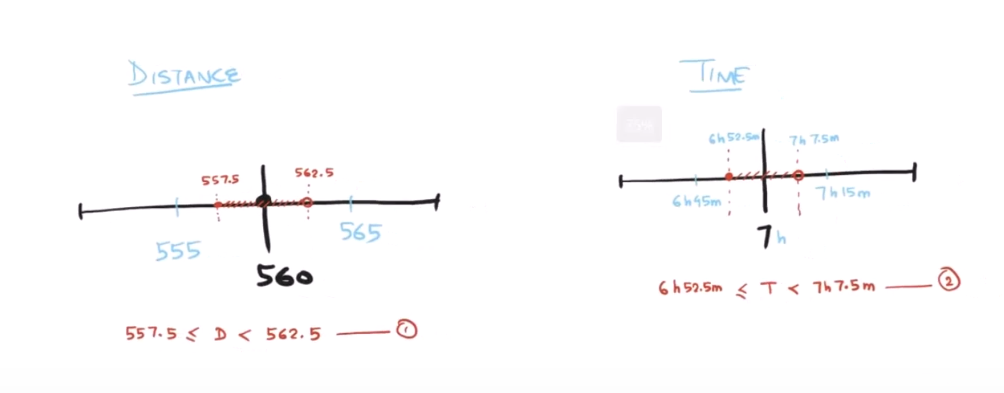
Then we calculate the range of average speed. And to do this we use our understanding of how a fraction is maximized and how it is minimized.
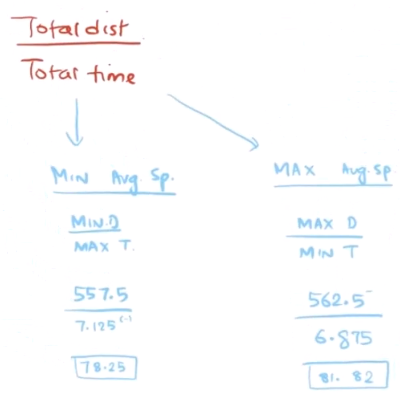
And then lastly, we take these decimal values and use the information in the answer choices to minimize y – x.
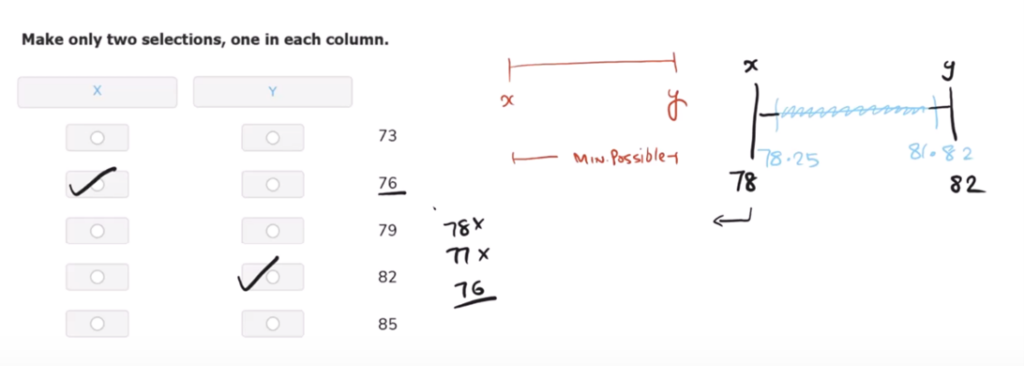
In order to ensure that you understand every bit of this processing, watch the video solution from 1:22 onwards. Also, find more free resources on e-GMAT‘s website.
TPA_071 A farmer wants to allocate
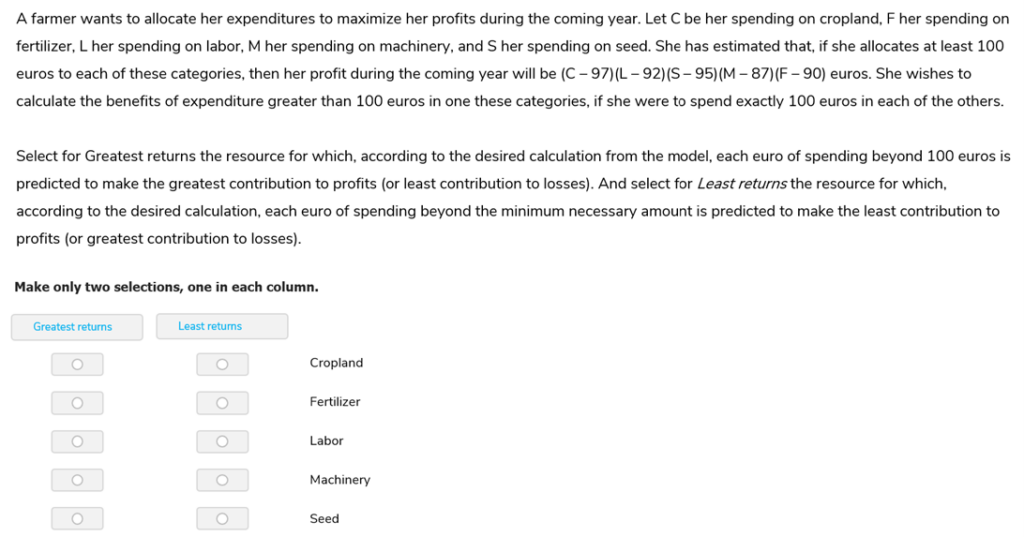
This is a very interesting maximizing and minimizing question pertaining to the product of 5 numbers for which we need to change one number such that the product is maximized and likewise change one number such that product is minimized. Watch the solution at 6:11 to see how to approach this question. Find more free resources on e-GMAT‘s website.
Summary
In this article, we saw three official Hard TPA Questions in which the minimization and maximization happened in three different ways:
- By visualizing the venn diagram.
- By using the understanding of rounding and fractions.
- By using our understanding of product.
Ensure that you understand all these techniques. As you build these skills, you will see your accuracy in Hard TPA questions improve.
Ready to tackle the GMAT Focus Edition? e-GMAT offers a Personalized Study Planner and top-notch Free GFE mock exam to help you prepare effectively. As the most reviewed GMAT prep company on GMAT Club with 2600+ reviews we’re here to support your GFE journey. Take advantage of our free trial with the best quality content. Start your path to success today!


